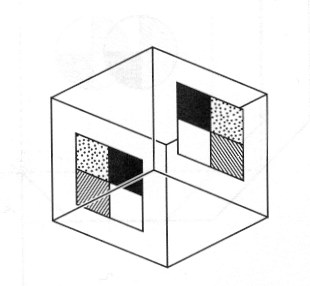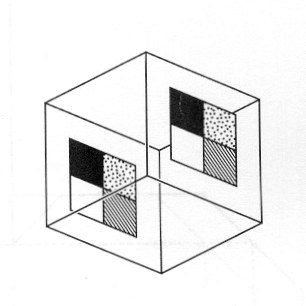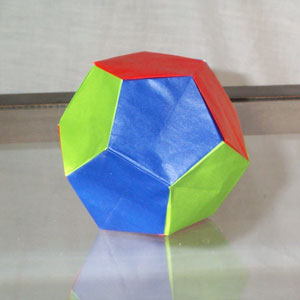First read the Real-life Applications of Related Material section and be sure to follow directions carefully.
Go through the What is the 4th Physical Dimension? section before working on questions 3-6.
Read the ENTIRE The Shape of our Universe section before working on the rest of the questions.






| By gluing together opposite pentagonal faces of a dodecahedron, we obtain a universe that satisfies the laws of spherical geometry. The number of spherical possibilities are infinite, but have been classified completely. Dr. Sarah's research relates to spherical universes. Build a dodecahedron in the back of the room. Notice that if you want to glue opposite faces together, we will need to do so with a twist, since the straight across gluing won't work. How many edges does the dodecahedron have? How many faces does it have? |
 |
Simpson* -Bart
will return pages with anything after Simpson (Simpson, Simpson's, ...) but without Bart's name in it. Once you have found promising website links, then you can click on a link to go to that page. It would take a long time if we had to read through entire web pages to find info we want. There is a better way:
Searching within a web page: Under EDIT, go to FIND..., type in one word you want to find in a web page.
Searching within an adobe acrobat .pdf file Just above the page itself, look for the BINOCULARS, and click on them. Then type in the word you want to find in the page and then click on FIND.